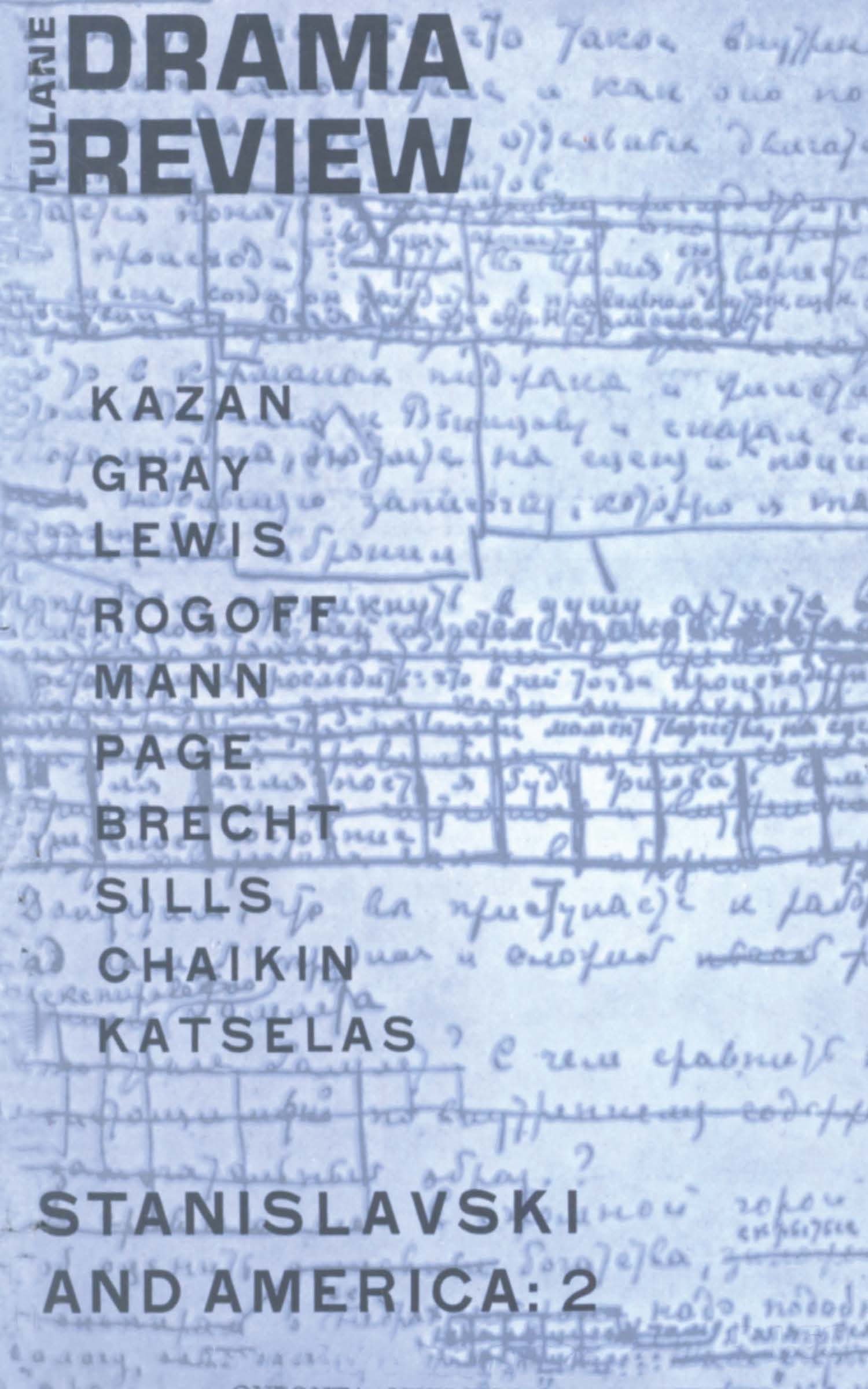No CrossRef data available.
Article contents
The Esthetic Fault of Strindberg's "Dream Plays"
Published online by Cambridge University Press: 23 November 2021
Extract
Although August Strindberg is frequently considered to be the father of modern drama, contemporary criticism has not yet approached his expressionistic “Dream plays” with confidence. One group of critics maintains that the difficulty is due to the autobiographical nature of the plays; another asserts that it lies in dealing with a unique talent which cannot be judged according to traditional standards; and a third believes it resides in the esthetic of the dream-art relationship. It is this third category which I wish to examine in an attempt to locate the source of the difficulty and ultimate esthetic failure of the dream plays.
Strindberg, successful in at least two notable instances with the drama of naturalism, abandoned these conventions shortly after his severe mental illness, better known as his “Inferno Experience.” It is easy to suggest that the plays that followed were direct results of this illness and that they are difficult to understand chiefly because they are products of a sick mind.
- Type
- Research Article
- Information
- Copyright
- Copyright © The Tulane Drama Review 1960
References
Notes
1 Theodor Lipps, “Empathy, Inner Imitation, and Sense-Feelings,” translated by Max Schertel and Melvin Rader, A Modern Book of Esthetics, Henry Holt, 1935, p. 298.
2 Edward Bullough, “Psychical Distance as a Factor in Art and an Esthetic Principle,” A Modern Book of Esthetics, p. 318.
3 Henri Bergson, “The Individual and the Type,” A Modern Book of Esthetics, p. 185.
4 DeWitt H. Parker, “The Problem of Esthetic Form,” A Modern Book of Esthetics, p. 233.
5 Susanne K. Langer, Feeling and Form, Scribner's, 1953, p. 168.
6 Ibid., p. 168.
7 Ibid., p. 245.


